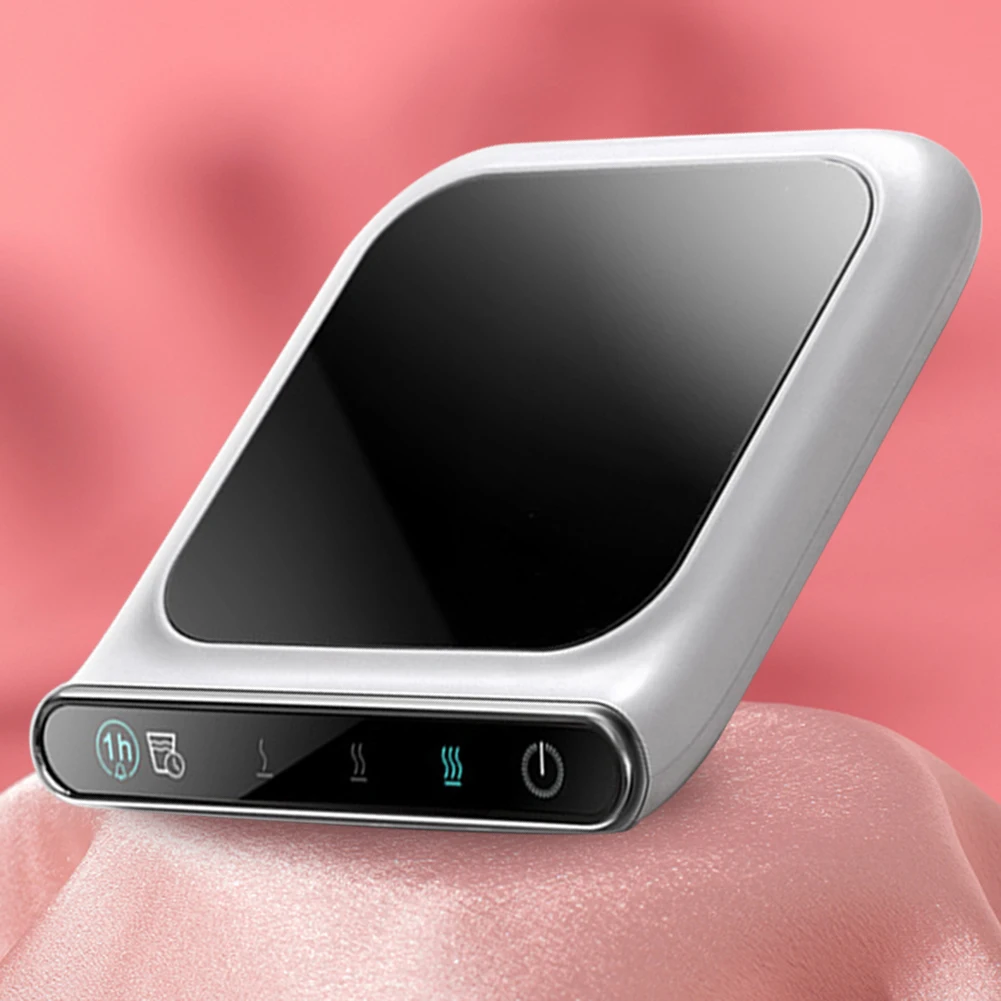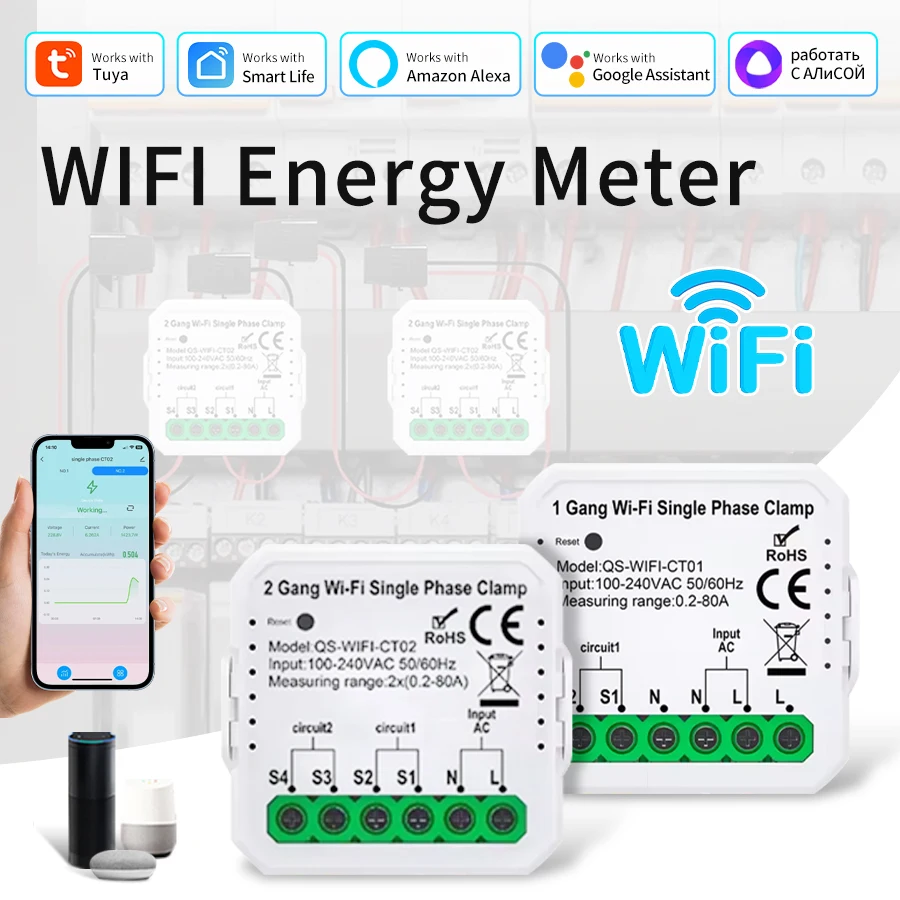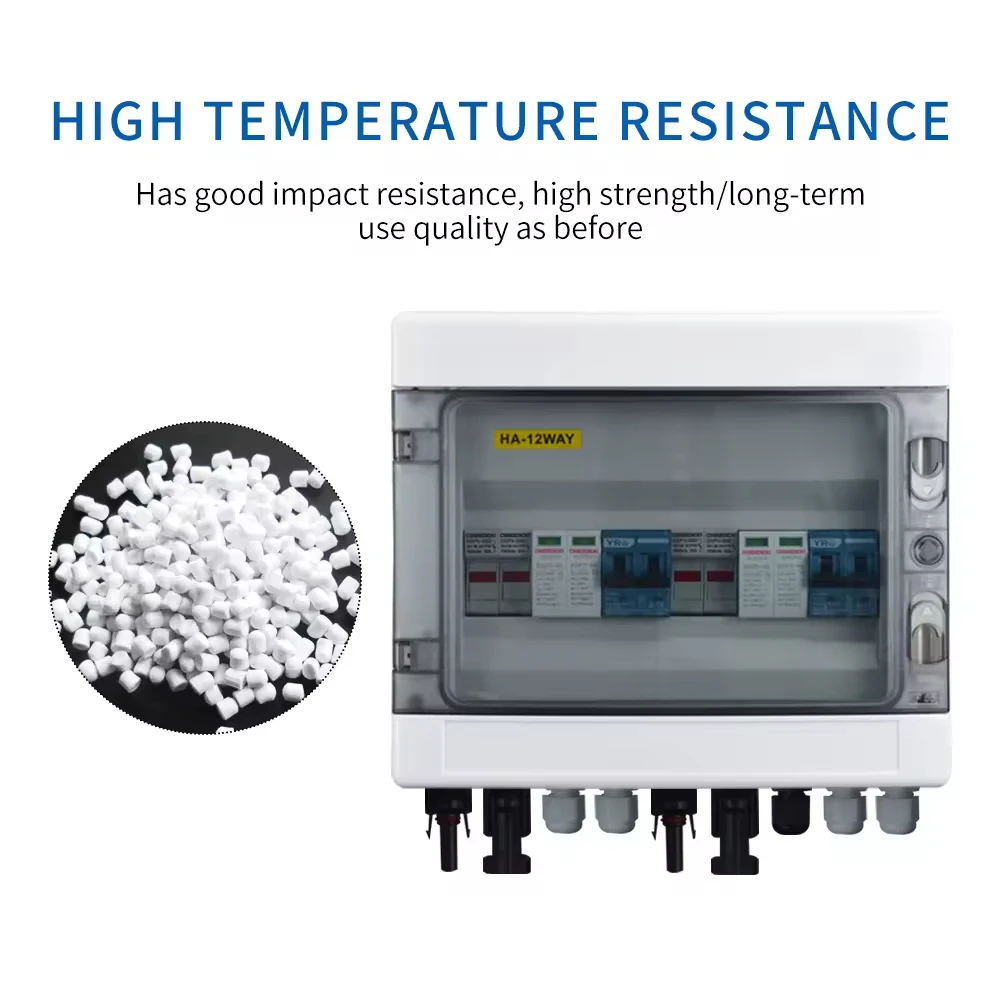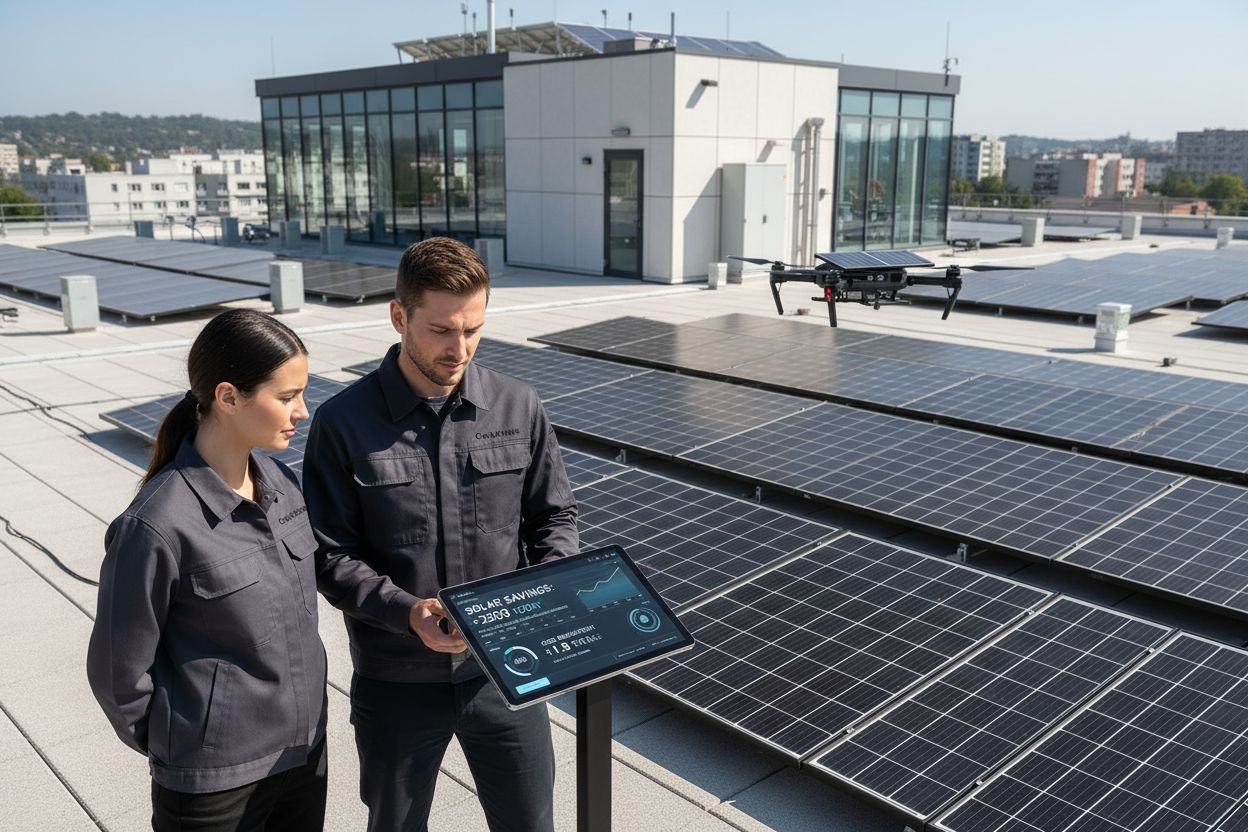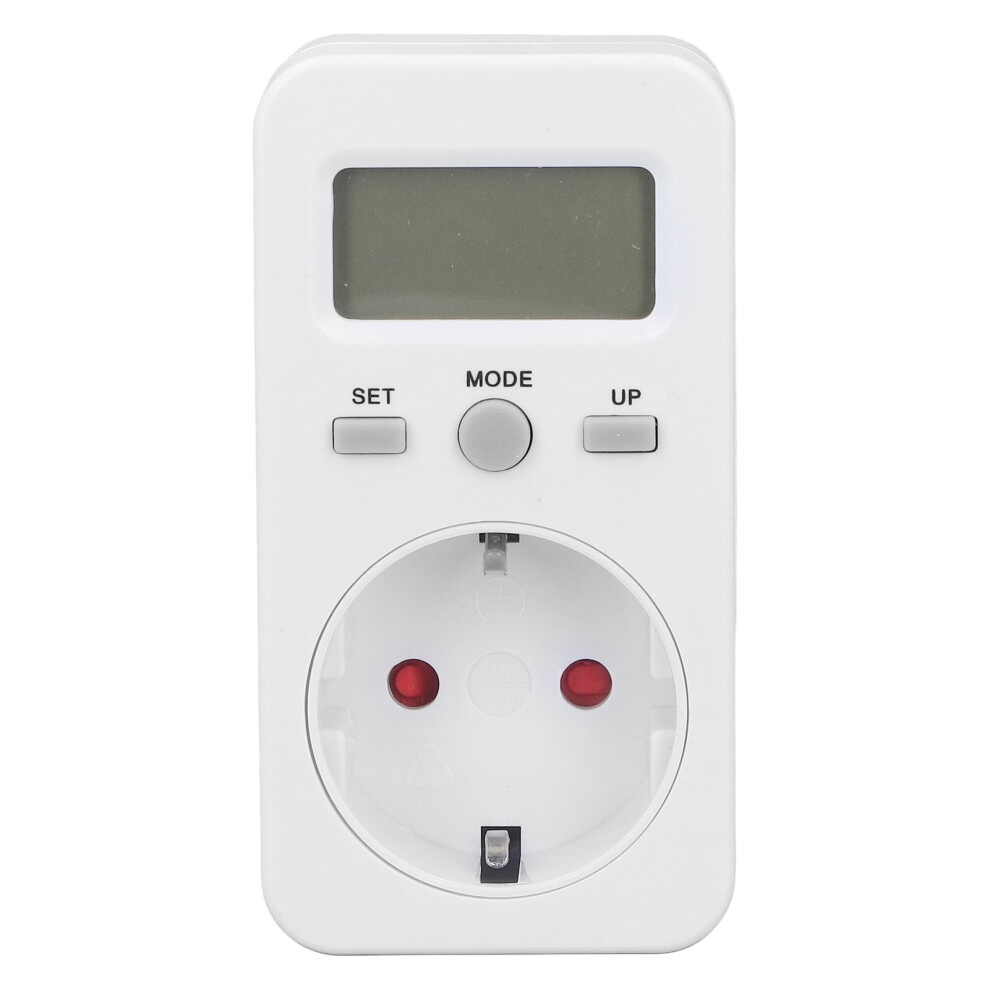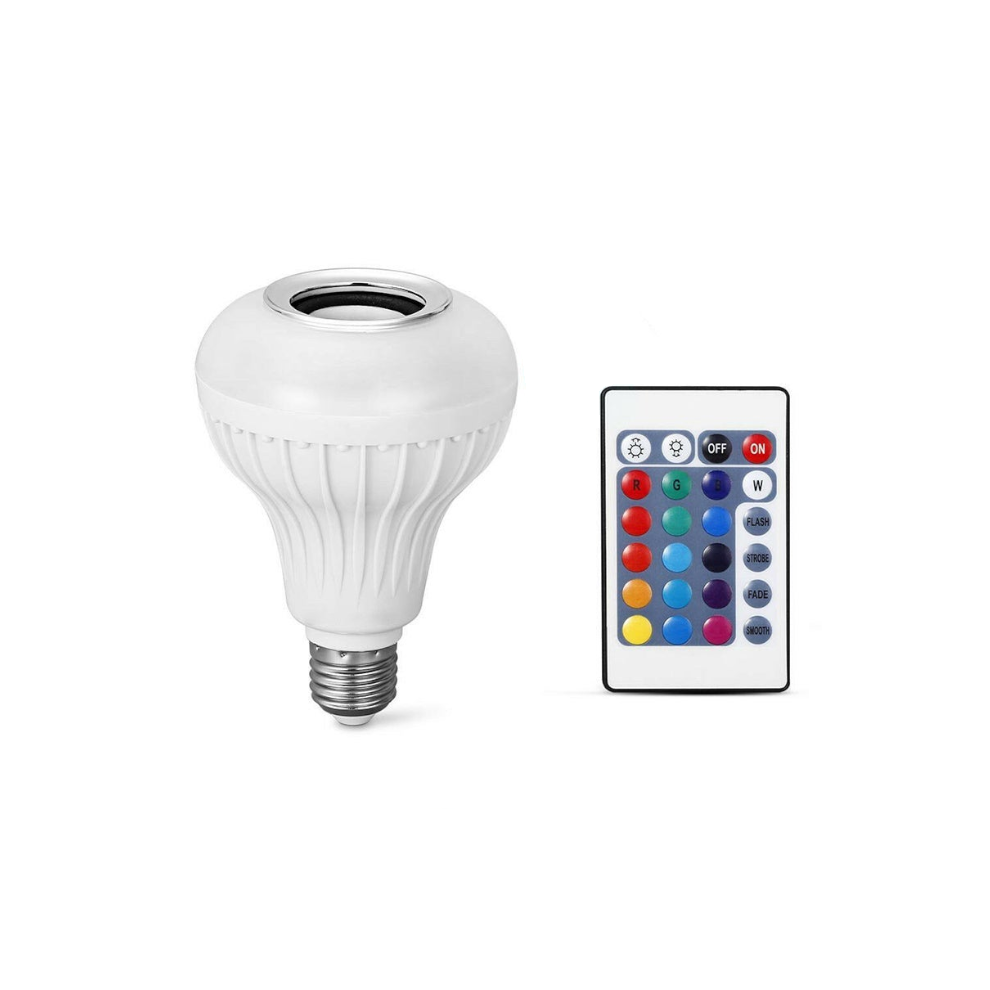
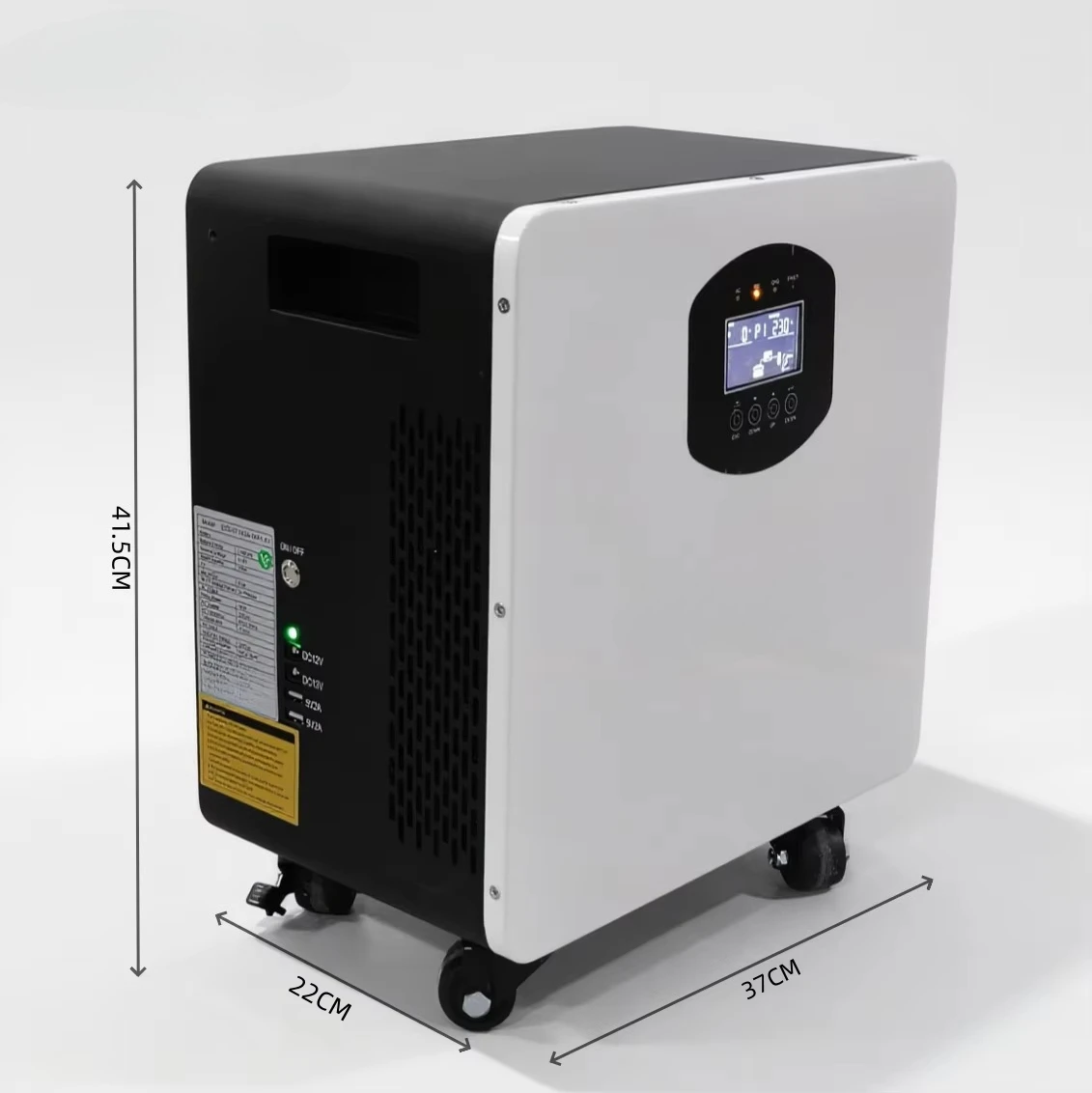


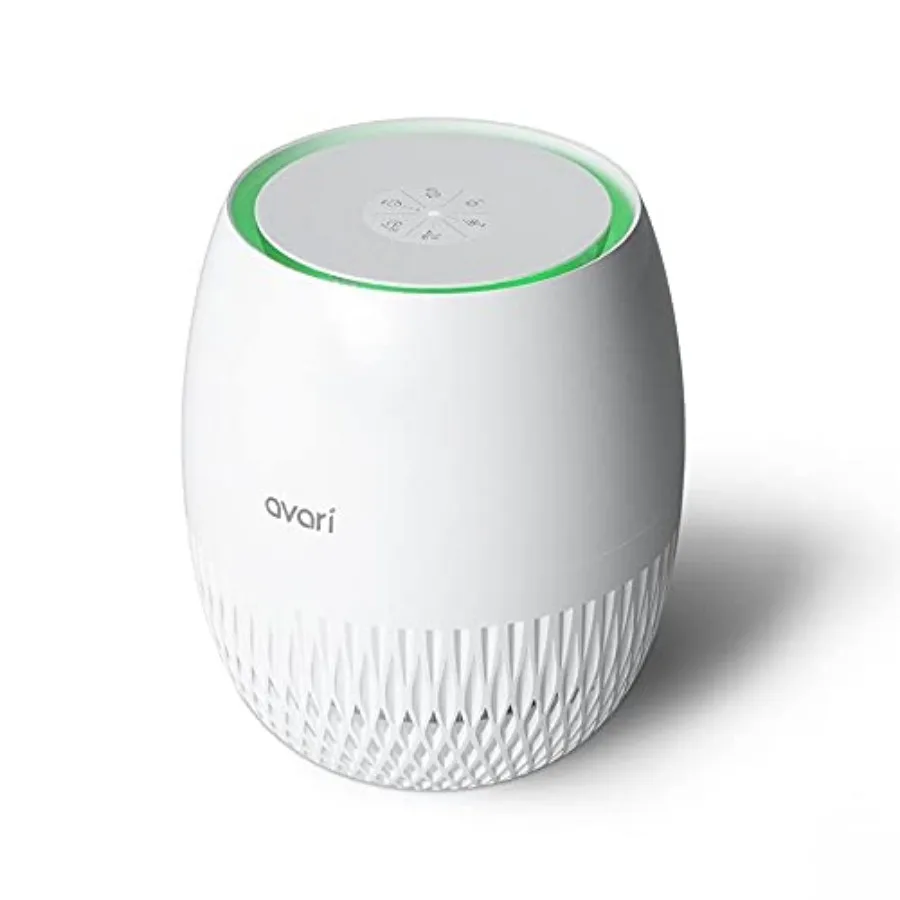
{
“@type”: “Article”,
“author”: {
“url”: “https://htexs.com”,
“name”: “Htexs”,
“@type”: “Organization”
},
“@context”: “https://schema.org”,
“headline”: “7 Essential Gadgets for Net-Zero Homes: A Practical Guide”,
“publisher”: {
“url”: “https://htexs.com”,
“name”: “Htexs”,
“@type”: “Organization”
},
“inLanguage”: “en”,
“articleBody”: “Discover 7 essential gadgets for net-zero homes. Learn how smart devices boost efficiency, save energy, and help you achieve a sustainable lifestyle easily.”,
“description”: “Discover 7 essential gadgets for net-zero homes. Learn how smart devices boost efficiency, save energy, and help you achieve a sustainable lifestyle easily.”,
“datePublished”: “2025-10-19T00:26:50.578Z”
}
Did you know households can cut energy bills by hundreds each year using the latest smart home technology? As energy prices rise and environmental concerns grow, people are searching for new ways to make their homes more efficient. From smart thermostats that learn your habits to intelligent lighting and advanced air purifiers, these innovations deliver real savings and greater comfort while helping you live more sustainably.
Quick Summary
| Takeaway | Explanation |
|---|---|
| 1. Implement smart thermostats for savings | Smart thermostats can reduce electricity by 16% and gas by 10%, optimizing temperature control automatically to save on bills. |
| 2. Install solar panels with battery systems | Combining solar panels and energy storage can decrease energy expenses by about £1,342 annually, fostering sustainable energy independence. |
| 3. Use intelligent lighting for efficiency | Smart lighting solutions utilize sensors to achieve up to 80% power savings while enhancing comfort through adaptive lighting environments. |
| 4. Adopt smart water conservation devices | Technologies like smart meters and leak detectors can significantly reduce water waste and ensure more efficient water management at home. |
| 5. Optimize with home energy management systems | These systems integrate various technologies, allowing real-time monitoring and adjustment of energy use, maximizing efficiency and sustainability. |
Table of Contents
- Smart Thermostats For Optimal Energy Control
- Solar Panels And Home Energy Storage Systems
- Intelligent Lighting For Energy Savings
- Water Conservation With Smart Devices
- Advanced Air Quality Monitors And Purifiers
- Efficient Smart Appliances For Daily Use
- Home Energy Management Systems Explained
1. Smart Thermostats for Optimal Energy Control
Smart thermostats are revolutionizing home energy management by transforming how we control and optimize our indoor climate. These intelligent devices go far beyond traditional temperature settings, offering precision control that can dramatically reduce your energy consumption and utility bills.
At the core of smart thermostat technology is the ability to learn your household patterns and automatically adjust temperature settings for maximum efficiency. Read more about energy efficiency principles that underpin these innovative devices. Unlike manual thermostats, these smart systems use advanced sensors and machine learning algorithms to understand your daily routines, occupancy patterns, and personal temperature preferences.
The potential energy savings are substantial. A controlled study across Massachusetts and Rhode Island revealed that smart thermostats can reduce electricity consumption by 16% and gas usage by 10% compared to traditional programmable thermostats. In the UK, Hive smart thermostat users collectively saved £325 million in energy bills and reduced carbon emissions by 1 million tonnes over a decade.
To maximize your smart thermostat’s potential, consider these practical implementation strategies:
- Set up geofencing to automatically adjust temperatures when you enter or leave home
- Create custom schedules that align with your work and sleep patterns
- Utilize remote control features through smartphone apps
- Enable learning mode to let the device optimize settings automatically
By integrating a smart thermostat into your net zero home strategy, you are not just saving money but actively contributing to reduced carbon emissions and more sustainable living. These devices represent a small but powerful step towards creating an energy efficient household that works smarter, not harder.
2. Solar Panels and Home Energy Storage Systems
Solar panels and home energy storage systems represent the ultimate power management solution for net zero homes, transforming how we generate, consume, and store renewable energy. These integrated technologies work together to create a sustainable and independent energy ecosystem right in your own home.
Explore our comprehensive guide on solar panel setup that can help you understand the intricate process of transitioning to solar power. Solar panels capture sunlight and convert it into electricity, while home battery systems store excess energy for use during periods of low sunlight or high energy demand. This approach not only reduces your reliance on the traditional power grid but also provides significant financial and environmental benefits.
The economic potential is remarkable. A study by the MCS Foundation revealed that combining solar panels with battery storage and heat pumps can reduce annual energy bills by approximately £1,342 for a typical three bedroom home. Moreover, the global trend towards home energy storage is accelerating rapidly. In Germany, home solar battery sales are projected to increase by 26% in 2024, with battery ownership expected to reach 2 million households.
To effectively implement solar panels and energy storage in your home, consider these strategic approaches:
- Assess your home’s solar potential based on roof orientation and sunlight exposure
- Calculate your average energy consumption to determine appropriate system size
- Investigate local government incentives and tax credits for renewable energy installations
- Consider professional energy audits to optimize system design
By investing in solar panels and home energy storage systems, you are not just reducing your carbon footprint but creating a resilient and sustainable energy infrastructure that provides long term financial and environmental advantages.
3. Intelligent Lighting for Energy Savings
Intelligent lighting systems represent a quantum leap in home energy management, transforming how we illuminate and interact with our living spaces. These advanced systems use cutting edge sensors, machine learning, and smart controls to optimize energy consumption while enhancing user comfort.
Discover smart energy saving techniques that can revolutionize your home’s efficiency. At their core, intelligent lighting solutions go beyond simple on and off functionality. They integrate occupancy detection, natural light assessment, and personalized preferences to create dynamic lighting environments that adapt in real time.
Research demonstrates the profound potential of these systems. An IoT based study revealed that smart lighting with occupancy and presence sensors can achieve power savings up to 80% in single user settings compared to traditional lighting approaches. Furthermore, a comprehensive literature review highlighted that smart lighting does more than save energy it also significantly improves user comfort and overall well being.
To effectively implement intelligent lighting in your net zero home, consider these strategic approaches:
- Install motion sensors in low traffic areas like hallways and storage spaces
- Use circadian rhythm lighting that adjusts color temperature throughout the day
- Select LED bulbs with built in smart connectivity
- Configure automated schedules based on your daily routines
- Integrate natural light sensors to reduce unnecessary artificial lighting
By embracing intelligent lighting technologies, you are not just reducing energy consumption but creating a more responsive, efficient, and comfortable living environment that adapts seamlessly to your lifestyle.
4. Water Conservation with Smart Devices
Smart water conservation devices are transforming how households manage and preserve one of our most precious resources. These innovative technologies leverage sensors, automation, and intelligent monitoring to dramatically reduce water waste and promote sustainable living.
Learn about advanced water management strategies that can revolutionize your home’s water efficiency. The emerging generation of smart water technologies goes far beyond traditional conservation methods, offering real time monitoring, automatic leak detection, and precision water usage tracking that empowers homeowners to make informed decisions.
A comprehensive 2025 review highlighted that smart systems are crucial in transforming buildings into zero energy structures by implementing advanced water management technologies. Innovative solutions like water recycling showers demonstrate remarkable potential. These systems can reuse shower water through a specialized basin and pump, significantly reducing drinking water consumption and lowering the energy required for water heating.
To effectively implement water conservation technologies in your net zero home, consider these strategic approaches:
- Install smart water meters that track real time water usage
- Use leak detection sensors in critical areas like bathrooms and kitchens
- Implement greywater recycling systems for garden irrigation
- Configure smartphone alerts for unusual water consumption patterns
- Choose water efficient fixtures with smart monitoring capabilities
By embracing these intelligent water conservation devices, you are not just reducing your environmental footprint but creating a more sustainable and resource efficient home ecosystem that adapts to your specific needs.
5. Advanced Air Quality Monitors and Purifiers
Smart air quality monitors and purifiers represent a groundbreaking approach to creating healthier indoor environments in net zero homes. These sophisticated devices go beyond traditional ventilation systems by providing real time analysis and active management of your home’s atmospheric conditions.
Explore comprehensive air quality monitoring techniques that can transform your understanding of indoor environmental health. Modern air quality technologies integrate multiple sensors that continuously track particulate matter, volatile organic compounds, carbon dioxide levels, humidity, and potential allergens with remarkable precision.
The core functionality of advanced air quality systems involves simultaneous monitoring and purification. Intelligent sensors detect microscopic changes in air composition while smart purification mechanisms automatically adjust filtration levels. These systems can identify specific pollutants and respond with targeted filtering strategies, ensuring that your indoor air remains pristine and healthy.
To effectively implement advanced air quality management in your net zero home, consider these strategic approaches:
- Select multi sensor air quality monitors with smartphone connectivity
- Install purifiers with HEPA and activated carbon filtration
- Position sensors in key areas like bedrooms, living rooms, and home offices
- Configure automatic alerts for air quality threshold breaches
- Choose devices with machine learning capabilities for adaptive filtering
By integrating these advanced air quality monitors and purifiers, you are creating a proactive health management system that continuously ensures optimal indoor atmospheric conditions while supporting your commitment to sustainable living.
6. Efficient Smart Appliances for Daily Use
Smart appliances represent the next frontier of energy efficiency in net zero homes, transforming everyday household devices into intelligent energy management tools. These advanced technologies go beyond traditional functionality by integrating AI driven optimization and real time energy monitoring.
Discover the power of home automation and how it can revolutionize your energy consumption patterns. Modern smart appliances use sophisticated sensors and machine learning algorithms to analyze and adapt their energy usage based on your specific household needs, time of day, and available renewable energy resources.
Research from Samsung’s SmartThings Energy platform reveals remarkable potential for energy savings. Their AI Energy Mode can deliver impressive efficiency improvements: up to 15% for refrigerators, 20% for air conditioners, and an extraordinary 35% for washing machines. Furthermore, studies on renewable energy communities demonstrate that coordinating smart appliances with solar generation can significantly minimize household energy costs through intelligent usage optimization.
To effectively integrate efficient smart appliances into your net zero home, consider these strategic approaches:
- Select appliances with built in energy monitoring capabilities
- Use smart power strips to eliminate phantom energy draw
- Configure appliances to run during peak solar production hours
- Integrate appliances with home energy management systems
- Choose devices with AI powered adaptive energy modes
By embracing these intelligent appliances, you are transforming your home into a dynamic energy ecosystem that continuously adapts and optimizes resource consumption, supporting both environmental sustainability and personal energy efficiency.
7. Home Energy Management Systems Explained
Home Energy Management Systems represent the central nervous system of net zero homes, transforming how households monitor, control, and optimize their energy consumption. These sophisticated platforms integrate multiple technologies to create a comprehensive and intelligent energy ecosystem.
Explore our roadmap to net zero living and understand how advanced energy management can revolutionize your home. At their core, these systems function as powerful orchestrators that connect solar panels, batteries, smart appliances, and monitoring tools into a unified network capable of real time energy optimization.
A white paper highlights that home energy management systems enable Zero Net Energy homes by balancing annual energy production and consumption. Samsung’s Net Zero Home project demonstrates this potential by integrating solar panels, batteries, appliances, and an intelligent energy platform that provides comprehensive monitoring and management capabilities.
To effectively implement a home energy management system in your net zero home, consider these strategic approaches:
- Select platforms with comprehensive device integration
- Prioritize systems offering real time energy consumption insights
- Enable automated energy optimization settings
- Configure smartphone alerts for energy usage anomalies
- Choose systems supporting multiple renewable energy sources
By embracing these intelligent home energy management systems, you are creating a dynamic living environment that continuously adapts, optimizes, and minimizes energy waste while maximizing sustainability and efficiency.
Below is a comprehensive table summarizing the main technologies and strategies for optimal energy control discussed throughout the article.
| Technology/Strategy | Description | Key Benefits |
|---|---|---|
| Smart Thermostats | Devices that learn your habits and adjust temperature automatically for efficiency. | Reduces electricity by 16% and gas usage by 10%; lowers energy bills and emissions. |
| Solar Panels & Storage | Capture and store solar energy for use, reducing grid dependency. | Cuts average yearly energy bills by £1,342; boosts energy independence. |
| Intelligent Lighting | Uses sensors and smart controls to adapt lighting based on presence and time. | Saves up to 80% in energy; improves comfort and well-being. |
| Water Conservation Devices | Monitors and reduces water use through smart sensors. | Reduces water waste and energy for heating; supports net zero water structures. |
| Air Quality Monitors & Purifiers | Tracks air pollutants and adjusts purification automatically. | Ensures healthier indoor air; supports sustainable living. |
| Smart Appliances | AI-driven devices optimize energy use in real time. | Improves efficiency: 15% in fridges, 20% in ACs, 35% in washers. |
| Home Energy Management Systems | Integrates various technologies for real-time energy optimization. | Balances energy production/consumption in net zero homes. |
Ready to Transform Your Home Into a Net-Zero Retreat?
Struggling to get the most out of energy-saving gadgets or feeling overwhelmed by so many options for your sustainable home? The journey to net-zero living involves more than purchasing the latest smart thermostat or solar panel—it demands practical solutions and trusted information tailored to your needs. Dive deeper into step-by-step Tips And Techniques that address common issues like maximizing smart device efficiency and optimizing your energy management system. Our guides take the guesswork out so you can focus on reaching your efficiency goals.

Start your transformation today by exploring our carefully curated Product Reviews and actionable How to Guides. For even more expert insights and up-to-date advice, visit HTEXS. Unlock a smarter and greener home—take your next step now and experience the difference informed choices can make.
Frequently Asked Questions
What are the key features of smart thermostats for net-zero homes?
Smart thermostats provide automated temperature adjustments based on your household routines, maximizing energy efficiency. Configure geofencing and custom schedules to ensure your home stays at the ideal temperature while saving up to 16% on electricity costs.
How can solar panels and home energy storage systems contribute to a net-zero lifestyle?
Solar panels generate renewable energy, while home energy storage systems store excess energy for later use, minimizing dependence on the grid. Assess your solar potential and calculate your energy consumption to design a system that can significantly reduce annual energy bills.
What advantages do intelligent lighting systems offer for energy savings?
Intelligent lighting systems utilize sensors and automatic adjustments to optimize energy use, potentially saving up to 80% in certain settings. Install motion sensors and configure schedules to ensure lights are used only when necessary.
How do smart water conservation devices help reduce water waste?
Smart water conservation devices monitor usage, detect leaks, and promote efficient water management, significantly reducing water waste. Install smart water meters and set up alerts for unusual consumption patterns to enhance your home’s water efficiency.
What should I consider when implementing advanced air quality monitors in my home?
Advanced air quality monitors assess indoor pollutants and adjust purification levels accordingly to ensure healthier living conditions. Choose multi-sensor monitors and position them in key areas like bedrooms to maintain optimal air quality.
How can I integrate efficient smart appliances into my net-zero home?
Efficient smart appliances adapt their energy usage based on your needs, leading to significant savings—up to 35% for washing machines. Select appliances with energy monitoring features, and schedule them to operate during times of low energy demand to maximize efficiency.
Recommended
- Net-Zero – htexs.com
- Future-Proof Living: Our Roadmap to Net-Zero Homes by 2025 – htexs.com
- Sustainable Living – htexs.com
- 7 Smart Ways to Save with Tech: Practical Tips for Everyone – htexs.com

